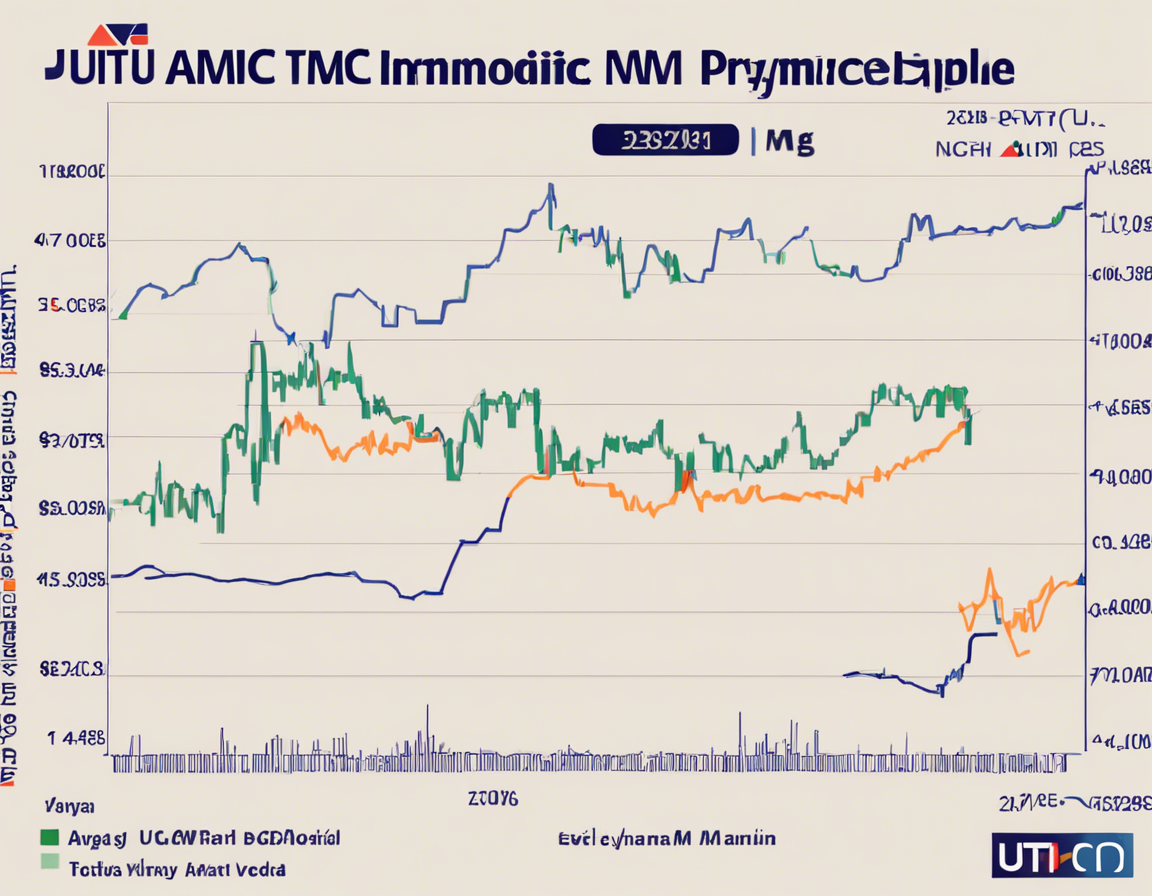When it comes to investing in the stock market, having a keen eye on share price trends can provide valuable insights that help in making informed decisions. One such company that has garnered attention in recent years is UTI Asset Management Company (AMC), which became listed on the Indian stock exchanges in October 2020. Analyzing the UTI AMC share price trends can offer investors a glimpse into the company’s performance, market sentiment, and future prospects.
Understanding UTI AMC
UTI AMC is one of the oldest and most prominent asset management companies in India, offering a wide range of mutual fund schemes to investors. The company’s share price reflects not only its own financial health and management capabilities but also the overall trends in the mutual fund industry and the stock market as a whole.
Factors Influencing Share Price Trends
Several factors can influence the UTI AMC share price trends, including:
1. Financial Performance:
One of the primary drivers of share price movements is the company’s financial performance. Factors such as revenue growth, profitability, and asset under management (AUM) can have a significant impact on investor sentiment and, consequently, the share price.
2. Market Conditions:
The overall market conditions, including economic indicators, interest rates, and investor sentiment, can play a crucial role in determining the share price trends of UTI AMC. Bullish markets tend to lift all boats, whereas bearish conditions can put pressure on stock prices.
3. Regulatory Environment:
Regulatory changes in the mutual fund industry, such as new regulations or guidelines from SEBI (Securities and Exchange Board of India), can directly impact UTI AMC’s operations and, in turn, its share price.
4. Competitive Landscape:
The competitive landscape within the asset management industry can also affect UTI AMC’s share price trends. Factors such as market share, product differentiation, and brand reputation can influence investor perceptions of the company.
Analyzing UTI AMC Share Price Trends
To analyze the UTI AMC share price trends, investors can use a mix of technical analysis and fundamental analysis to gain insights into the stock’s performance. Technical analysis involves studying historical price charts, identifying patterns, and using indicators like moving averages and relative strength index (RSI) to predict future price movements.
On the other hand, fundamental analysis focuses on examining the company’s financial statements, performance metrics, management quality, and growth prospects to assess its intrinsic value and potential for long-term growth.
Key Metrics to Consider
When analyzing UTI AMC share price trends, investors should consider the following key metrics:
1. Revenue Growth:
Steady revenue growth is a positive sign for UTI AMC, indicating increasing AUM and profitability.
2. Profitability:
Healthy profit margins and return on equity (ROE) are indicators of a well-managed company with strong financial performance.
3. AUM Growth:
Increasing AUM demonstrates the company’s ability to attract and retain investors, which can bode well for its future earnings.
4. Valuation Ratios:
Metrics such as price-to-earnings (P/E) ratio and price-to-book (P/B) ratio can help evaluate whether UTI AMC’s stock is undervalued or overvalued relative to its peers.
Risks and Challenges
Investing in UTI AMC or any other stock comes with its share of risks and challenges. Some of the risks that investors should consider when analyzing UTI AMC share price trends include market volatility, regulatory changes, competition, and macroeconomic factors that can impact the company’s performance and stock price.
FAQ
Q1: How has UTI AMC’s stock performed since its listing?
A1: UTI AMC’s stock has shown volatility since its listing, with fluctuations driven by market conditions and company-specific factors.
Q2: What are some potential growth drivers for UTI AMC?
A2: Factors such as increasing retail participation in mutual funds, expanding product offerings, and efficient cost management could drive growth for UTI AMC.
Q3: How does UTI AMC compare to its competitors in the industry?
A3: UTI AMC competes with other leading asset management companies in India, such as HDFC AMC, ICICI Prudential AMC, and Reliance Nippon Life AMC.
Q4: Are there any regulatory challenges facing UTI AMC?
A4: UTI AMC operates in a regulated industry, and changes in regulations from SEBI or other regulatory bodies can impact the company’s operations and stock price.
Q5: What should investors consider before investing in UTI AMC?
A5: Investors should conduct thorough research on UTI AMC’s financial performance, competitive positioning, industry trends, and risks before making investment decisions.
In conclusion, analyzing UTI AMC share price trends requires a comprehensive understanding of the company, market dynamics, and industry landscape. By monitoring key metrics, conducting thorough analysis, and staying informed about market developments, investors can make well-informed decisions regarding their investments in UTI AMC or any other stock.
